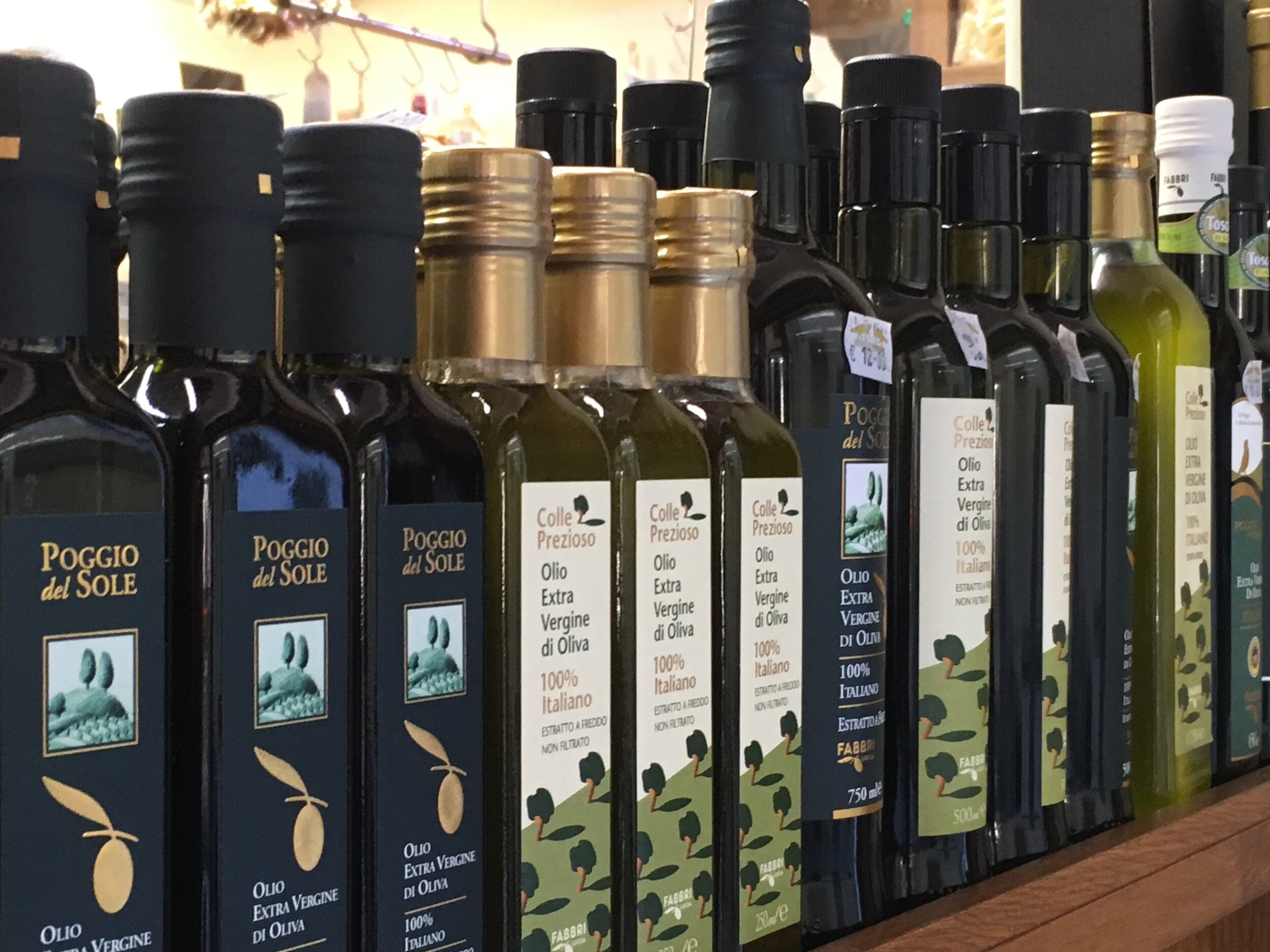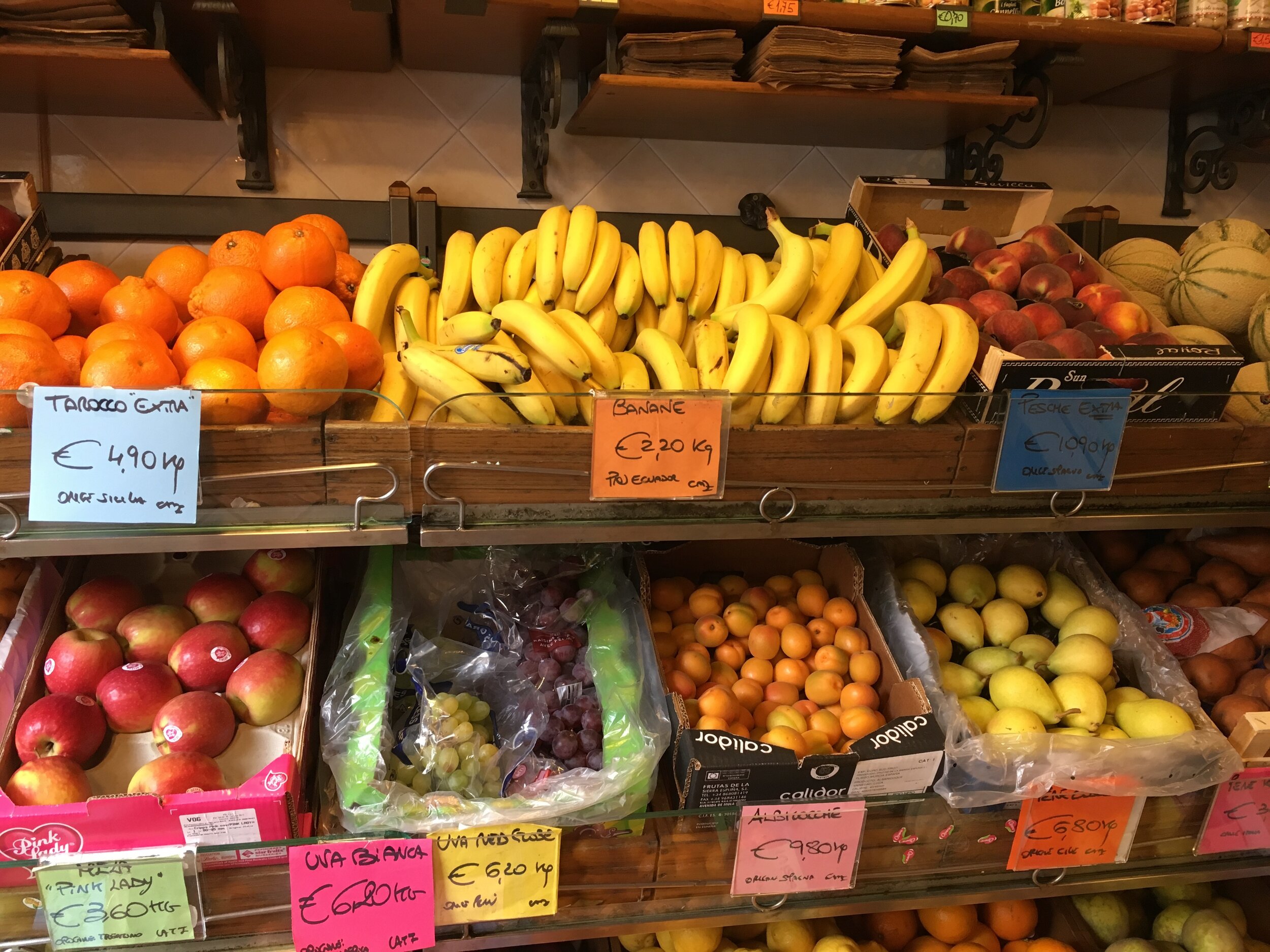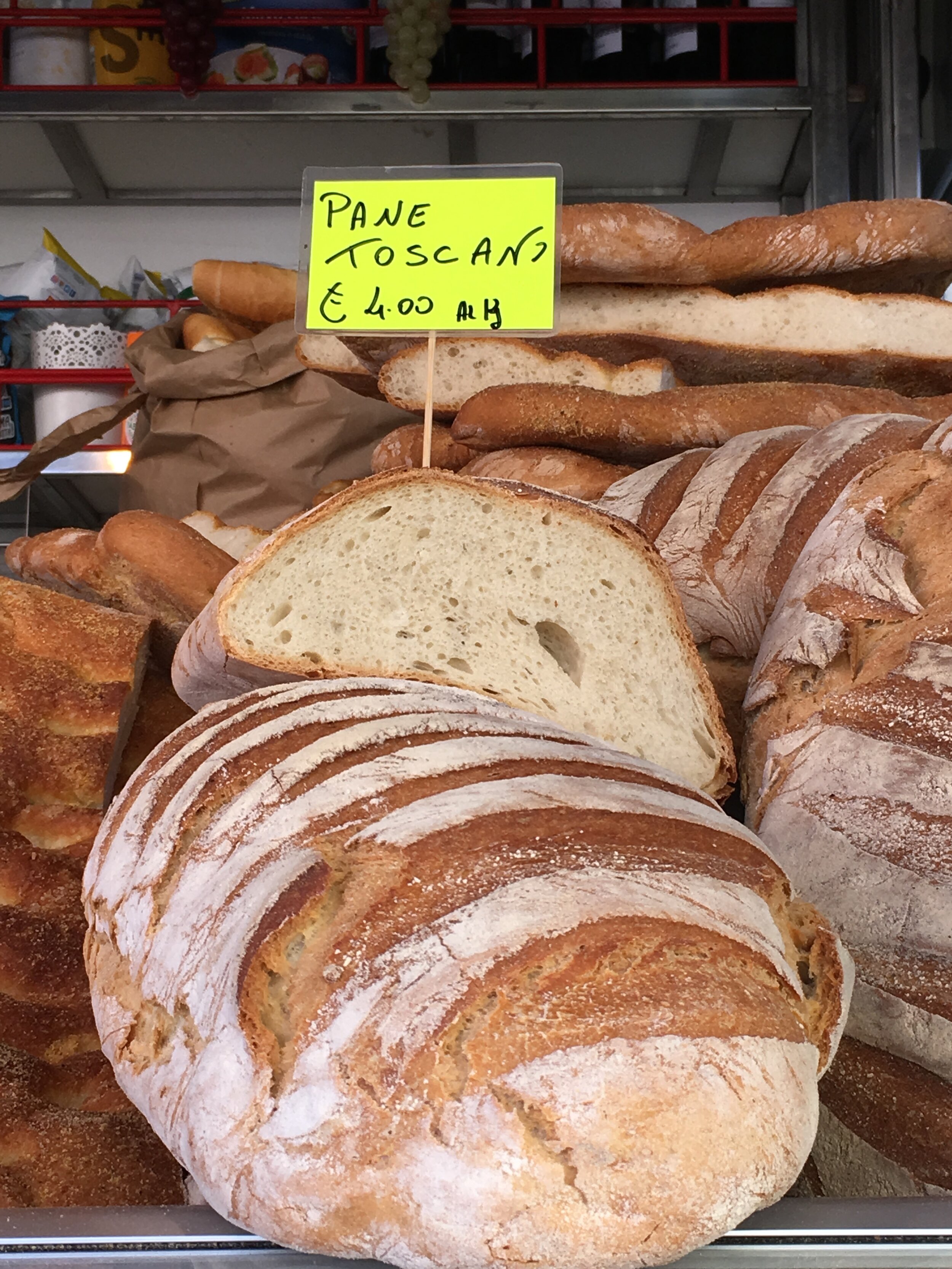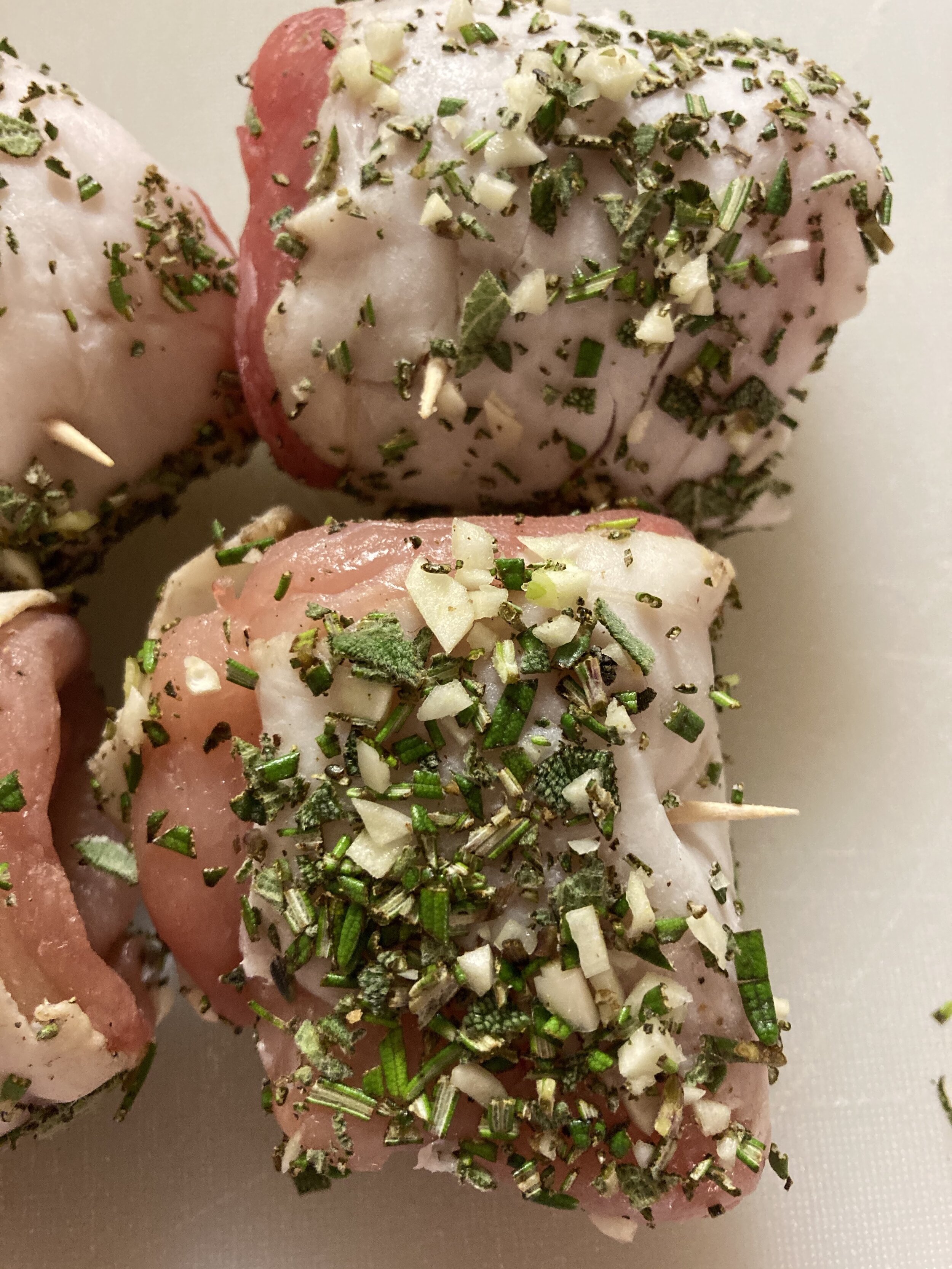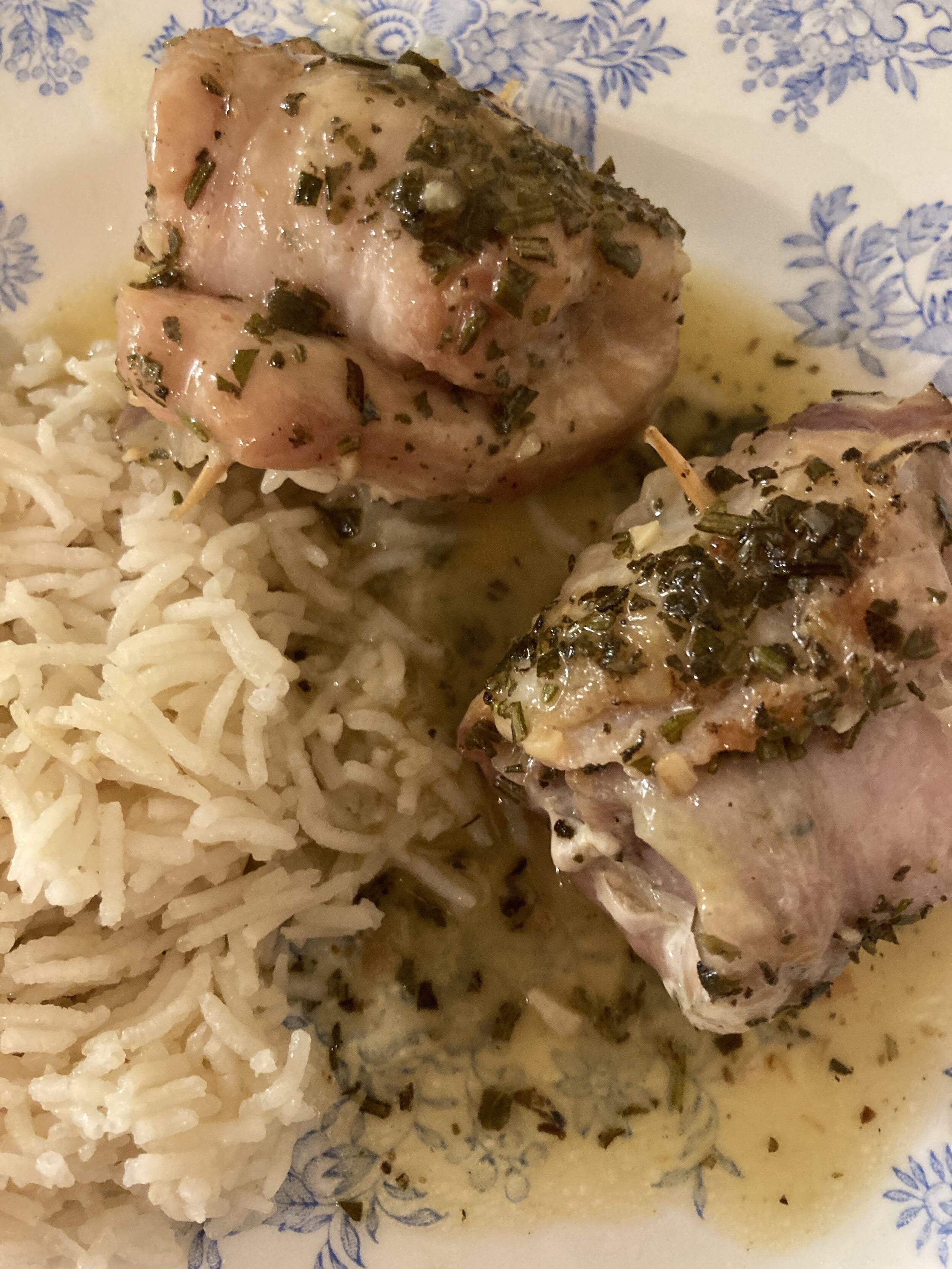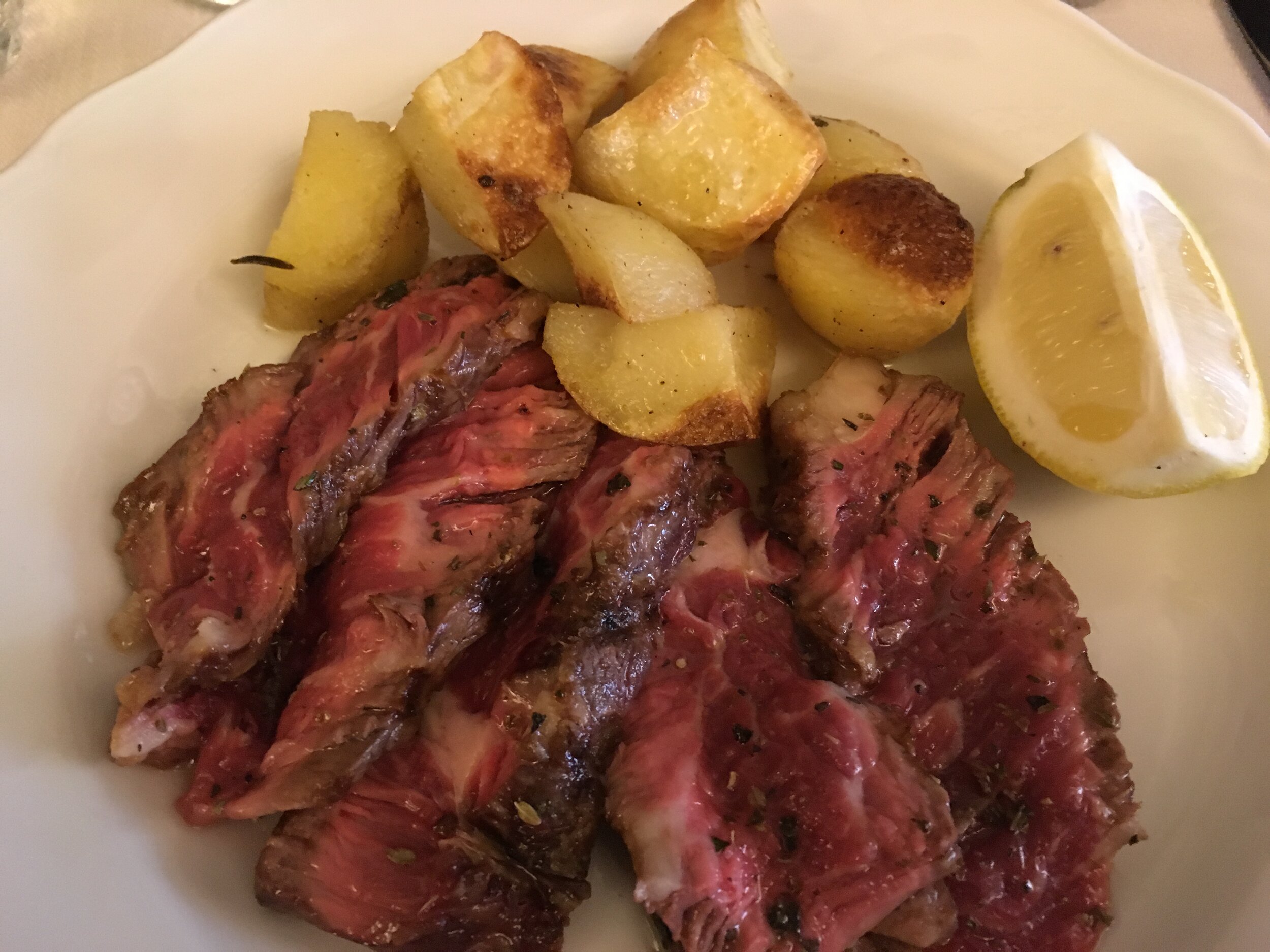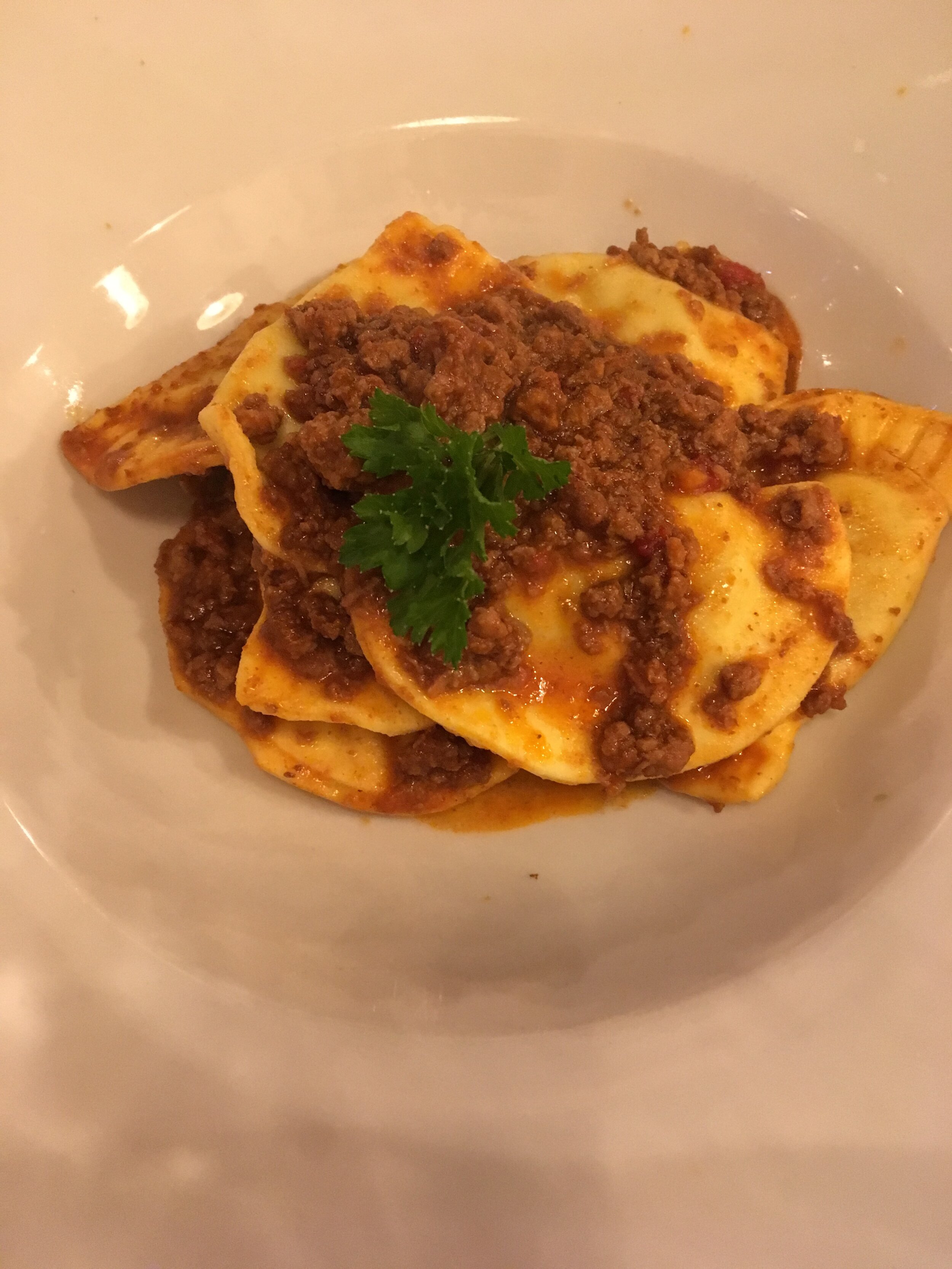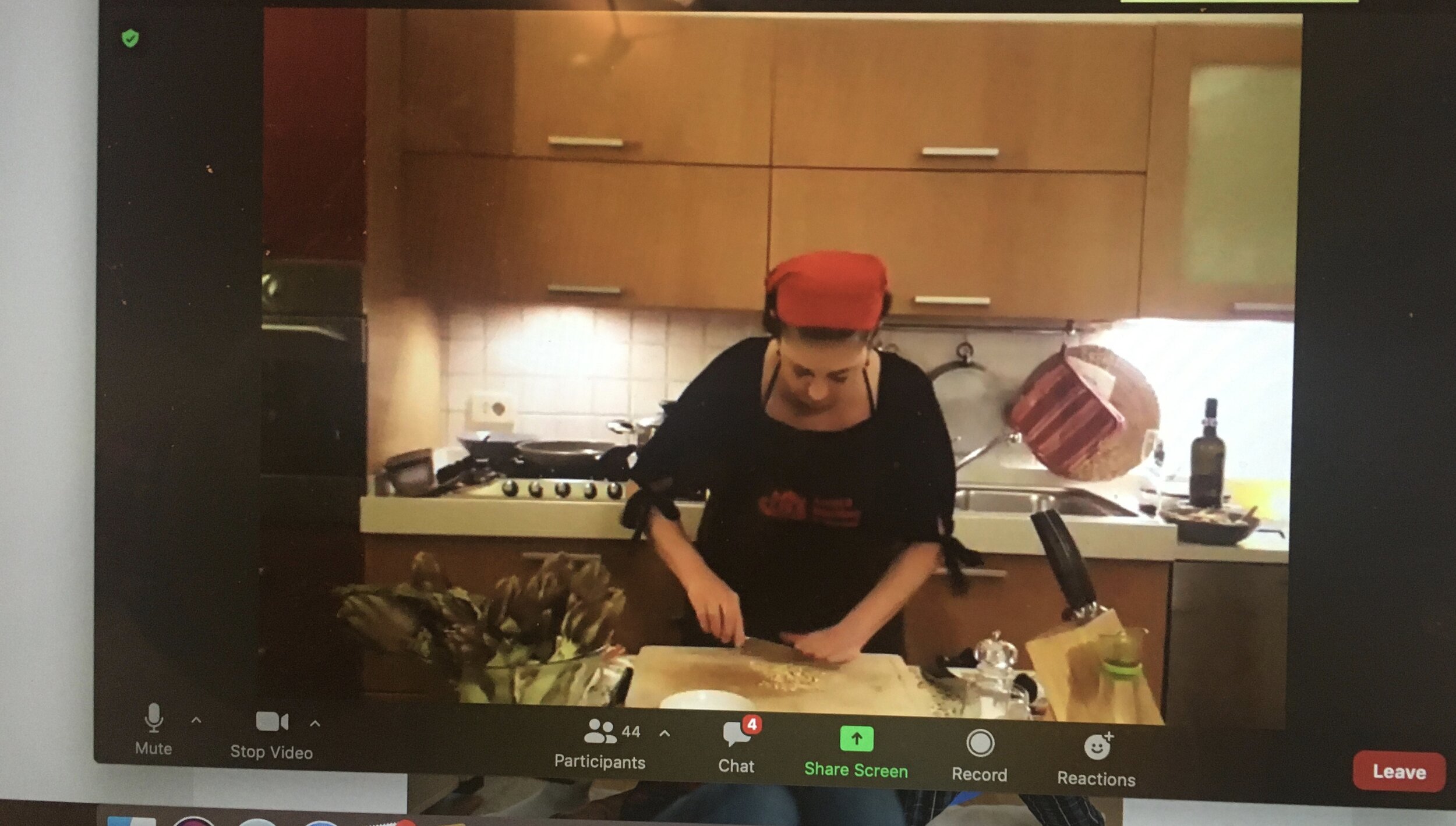Prosciutto and Asparagus Bundles Marcella Style
Marcella Hazan introduced me, and many Americans, to authentic Italian recipes. Her food, and the details she described about Italian cuisine, were part of what first brought me to Italy in search of the flavors and ingredients in her dishes. (For more on her story, here is a link to a post from the summer of 2018: https://www.twopartsitaly.com/blog/2018/8/8/cooking-with-marcella).
On that first trip I marveled at the fresh produce in the markets, the meats, the cheeses, the variety of fresh pasta, and the delicious meals I had in Florence, Venice, and along the shores of Lake Como. And I took notes!
Returning home, I began a journey to recreate all those flavors with the best ingredients I could find, often guided by one of Marcella’s cookbooks. Now that I live most of the year in Italy (something I never even dreamed of back then) I have access to those wonderful ingredients and I enjoy making these recipes even more.
When spring arrives in Italy so does asparagus season. Heading into summer, the markets in Tuscany have gorgeous bright green bundles of asparagus - I try to pick the nice fat ones which I prefer to the more slender stalks.
When the asparagus appears, I know that it is time to make one of my favorite Marcella recipes - Involtini di Asparagi e Prosciutto (originally published in her book More Classic Italian Cooking). The flavors of fresh asparagus, slightly salty prosciutto, fontina cheese and a generous amount of butter combine to make a flavorful dish perfect for a spring or early summer brunch or luncheon.
3 basic ingredients - prosciutto, fontina cheese, fresh asparagus. Just add some butter !
The prosciutto is topped with the asparagus, cheese, and butter before rolling into a tight bundle.
The preparation is easy and involves only 4 ingredients. The asparagus is cooked ever so briefly in boiling water (my non-Marcella shortcut is to wrap the spears in a wet paper towel and microwave for 90 seconds or so) and then flash cooled in cold water. 3 spears are placed across a slice of prosciutto, topped with slices of fontina, dabbed with butter, and rolled up tight.
Another couple of cheese slices are placed on top, with a bit more butter (ok, maybe more than a bit), and baked until the cheese is melted and golden, a quick 15 - 20 minutes. They look beautiful on a platter drizzled with the flavorful pan drippings. For exact measurements, just google “Marcella’s Asparagus Prosciutto Bundles” and the recipe will pop up - or better yet get a copy of the cookbook which is chock full of wonderful recipes.
Ready to bake !
A couple of keys: Medium to large asparagus are best, and that first cooking in boiling water is just until they begin to soften. If overcooked they will get mushy in the oven. It’s also important to use a good quality, soft prosciutto. If the prosciutto is leathery to begin with it will become more so when baked and that’s not good (the same is true if baked too long). In Italy I buy “prosciutto di Parma morbida” (morbida means soft). My Italian butcher tells me that one end of the prosciutto is actually softer than the other, and so that is what he slices for me. Who knew? In the US, I find that Costco actually has a nice, fairly soft, thinly sliced imported prosciutto that works quite well (brand name Citterio). If the slices are small I overlap two for each bundle so that the prosciutto base is wide enough to just let the tips and ends of the asparagus spears stick out.
These involtini make a wonderful brunch / lunch when paired with a poached egg or a salad. For dinner, a side of rice goes nicely.
Grazie Marcella !
Involtini di asparagi e prosciutto - flavorful rolls of prosciutto filled with asparagus and fontina cheese.







